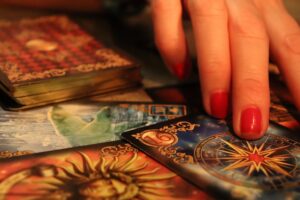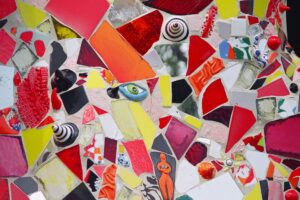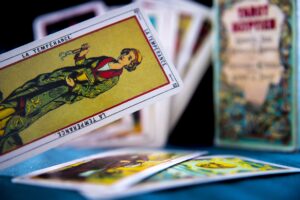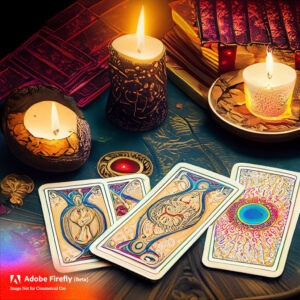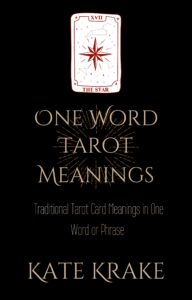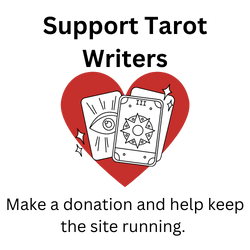Basic Tarot Glossary
Tarot is a dynamic, complex and ancient system, and this glossary merely scratches the surface of its terminology. It does, however, offer a simple starting point to new practitioners.
Arcana
Arcana literally means secrets or mysteries. Standard decks have two Arcana, two sets of cards, the Major and Minor Arcana.
The Major Arcana – also called the trump cards. Typically, 22 cards representing powerful archetypal, fateful energies.
Minor Arcana – Typically comprises 56 cards divided into four suits (Wands, Cups, Swords, and Pentacles) and represents the varying nuances of day-to-day experiences.
Clarifier Card
An additional card drawn during a reading to gain further clarification on a specific issue, or to provide deeper understanding of the cards already laid out in the spread. A clarifier card is optional in every spread.
Court Cards
The Page, Knight, Queen and King cards of the Minor Arcana. The court cards represent different personality types or archetypes. They typically depict people and can indicate specific individuals or aspects of the querent’s personality or external influences. Different decks can have different names for these cards.
Deck
A set of tarot cards. Decks are typically unified in a theme, artistic style, or some other element that unites the cards.
Intuitive Meaning
Every reader can bring their own interpretations of a card’s meaning. This might be based on the traditional meanings combined with the reader’s life experiences and views, or it might be solely from the reader’s intuition and move away from tradition completely. Intuitive readings are usually inspired by the reader’s response to the art and or words on the card, as well as the card’s position relative to other cards in the spread.
Querent
The person for whom the reading is done. When reading for yourself, you are both the reader and the querent. Reading for a fictional character, your character is the querent. Reading for a friend, your friend is the querent.
Reader
The person performing the tarot spread and interpreting the cards. Also called the practitioner.
Reversals
When a tarot card appears upside down during a reading, it is considered a reversal. Reversals can modify or add depth to the card’s traditional meanings, indicating challenges, shadow messages, or blocked energies. Some readers ignore reversals and simply flip the card the right way up.
Significator
A card chosen to represent the querent or a specific person or energy central to the reading. The significator provides additional context and serves as a focal point during the interpretation. The significator card is optional, though some spreads in this book specify its inclusion.
Spreads
Spreads are the patterns in which we lay the cards out. Just as each card has its meaning, so too can each position in a spread.
Suits
The Minor Arcana is typically divided into four suits. These are usually Wands, Cups, Swords, and Pentacles, but different decks can give suits different names. Suits are arranged like playing cards, starting from Ace, with ten numbered cards, and then court cards of Page, Knight, Queen, and King.
Each suit has its own central theme. These are:
Wands – ideas and intuition
Cups – creativity and emotion
Swords – action and logic
Pentacles – material values.
Traditional Meaning
Each tarot card holds a traditional meaning and most modern decks represent these meanings in some way in their art.
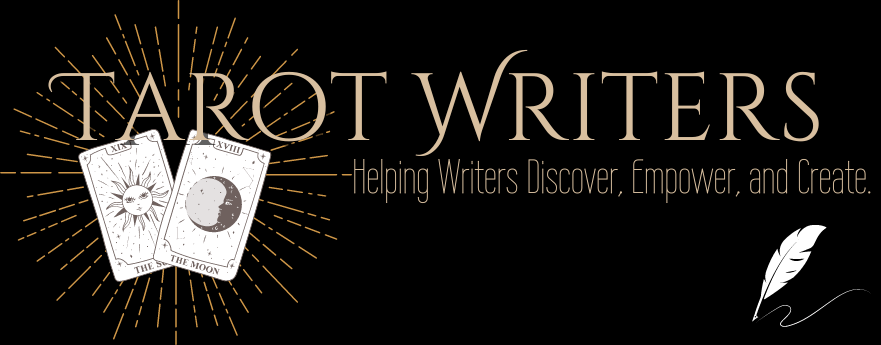

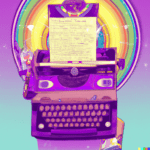 Previous Post
Previous Post